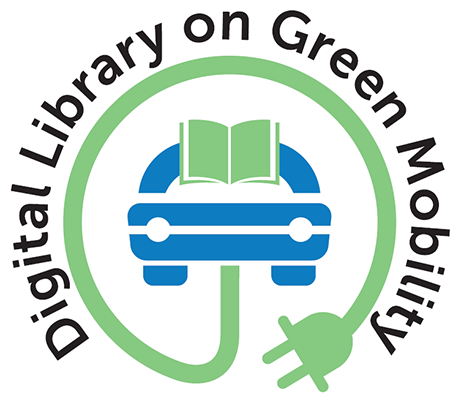How Electric Ride-Hailing can Support Massachusetts’ 100% Electric Vehicle Goals
Publication Year: 2022
Author(s): Slowik P
Abstract:
This working paper analyzes the anticipated timing and conditions for cost-effectively electrifying ride-hailing vehicles in Massachusetts. The analysis finds that electric vehicles can become the most cost-effective technology for ride-hailing drivers in Massachusetts in 2023–2025. Because of the high miles traveled, full-time ride-hailing drivers accrue greater relative fuel savings and see shorter payback periods when they switch to more fuel-efficient vehicles. Hybrids have the lowest total cost of operation in 2021 and retain that economic advantage until 2023 for new vehicles and until 2025 for used vehicles in cases where electric vehicles have home charging. This trend is primarily driven by the expected continued decline in battery pack costs, along with reduced opportunity costs driven by technological advancements in fast charging speeds. In 2021, electric vehicles can be the lowest-cost technology provided state and federal incentives are included, and home charging is available. Based on the number of approved drivers for ride-hailing in Massachusetts, about 12,500 full-time drivers could cost-effectively switch to electric vehicles in the 2023–2025 timeframe. Based on upfront cost parity alone, the remaining 200,000 part-time drivers can economically rationalize switching to a new or used electric vehicle in the 2024–2029 timeframe. This is about five times the number of electric vehicles sold in Massachusetts from 2011 through 2020. When home charging is not available, electric vehicles lose their 2023–2025 cost advantage due to higher energy and opportunity costs from public fast charging. Without home charging, the electric vehicles ownership costs increase by about 15% to 30%. For energy costs alone, driving an electric vehicle on home charging can be 15% more expensive than driving a hybrid on gasoline in 2021, and 60% more expensive when driving on electricity from a public fast charger. Because more than half of ride-hail drivers are expected to be unable to feasibly install or use a Level 2 home charger, greater efforts to expand access to affordable and conveniently placed overnight charging at homes, multi-unit dwellings, curbs, and at public locations are needed.
Source of Publication: ICCT Working Paper 2022-07
Vol/Issue: January 2022: 1-20p.
Country: United States of America
Publisher/Organisation: International Council on Clean Transportation (ICCT)
Rights: International Council on Clean Transportation (ICCT)
URL:
https://theicct.org/wp-content/uploads/2022/01/electric-ride-hailing-ma-jan22.pdf
Theme: Sustainable transportation | Subtheme: Shared mobility
Related Documents
Reports
Moving Forward Together
Published Year: 2018
Abstract:
India is at an inflection point in the development of its mobility system. Indian cities are c... Read More
Reports
State/UT Strategies for Transforming Mobility
Published Year: 2018
Abstract:
In the context of rising urban population in India, even now three fourth of population still... Read More
Reports
A handbook of select Global and Indian Best Practices on Mobility
Published Year: 2018
Abstract:
A confluence of new technology trends and business models, is bringing about fundamental chang... Read More



